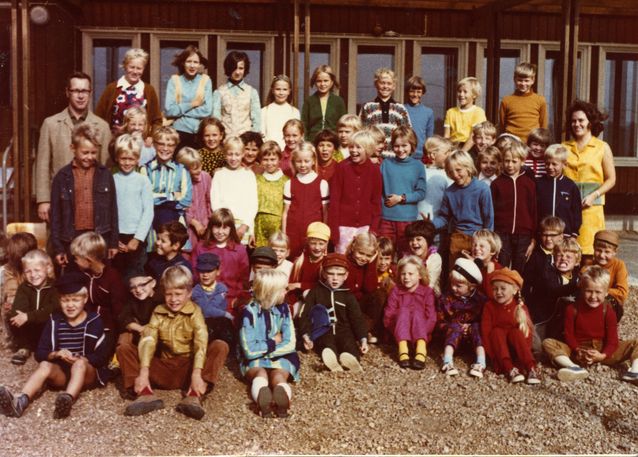Johanna Vakkari
Born March 19, 1961, Sippola
Master of Arts (art history) 1989, University of Jyväskylä
Licentiate 1998 and PhD (art history) 2007, University of Helsinki
Docent in Italian Renaissance art and the history of art history 2008, University of Turku
Docent in art history 2009, University of Helsinki
Head of Programme, Arts & Culture 2014–16, the Finnish Institute in London
Director (acting) October 1, 2014–January 14, 2015, the Finnish Institute in London
Senior Coordinator 2011–, Academy of Fine Arts, University of the Arts
Post-doc researcher 2008–11, A Portrait of Art History, Critical Approaches to Finnish Art History and Historians – a University of Helsinki project funded by the Academy of Finland
Member of the research network: 2007–11, Vision of the Past: Images as Historical Sources and the History of Art History – a NordForsk funded Nordic researcher network project.
University lecturer (acting) in art history 2008–10, University of Helsinki
Art history amanuensis (acting) and coordinator of the national doctoral school, 2007–2008, University of Helsinki
University lecturer (acting) in art history 2005
Instructor in art history, 2004–2005, University of Helsinki
Assistant in art history 1998–2004, University of Helsinki
Art history amanuensis (acting), 1997, University of Helsinki
Research assistant in art history 1995–97, University of Helsinki
Part-time teacher of art history 1995–98, University of Helsinki
Part-time teacher of art history 1994–98, Open University, University of Helsinki
Board member of the Academy of Fine Arts 2013, University of the Arts
Board member of the Nordic Committee for Art History 2009–
Chairman of the Society for Art History in Finland and editor in chief of the journal Taidehistoriallisia tutkimuksia (‘Studies in Art History’) and the online publication TAHITI 2011–13
Working member of the Finnish Antiquarian Society 2009–
Board member of the Institute of Art Research 2001–03, University of Helsinki
Research areas: contemporary art, contemporary jewellery, the history of art history, methods and theories, art connoisseurship, old Italian art
Awards:
The Kaarlo Koskimies and Irma Koskimies Scholarship Fund prize for best doctoral dissertation 2008, University of Helsinki
Teaching Technology Competition official recognition of excellence 2002, University of Helsinki
Photo: Anna Orhanen
Written by Johanna Vakkari (Riitta-Ilona Hurmerinta, ed.)
Translated by Matthew Billington

